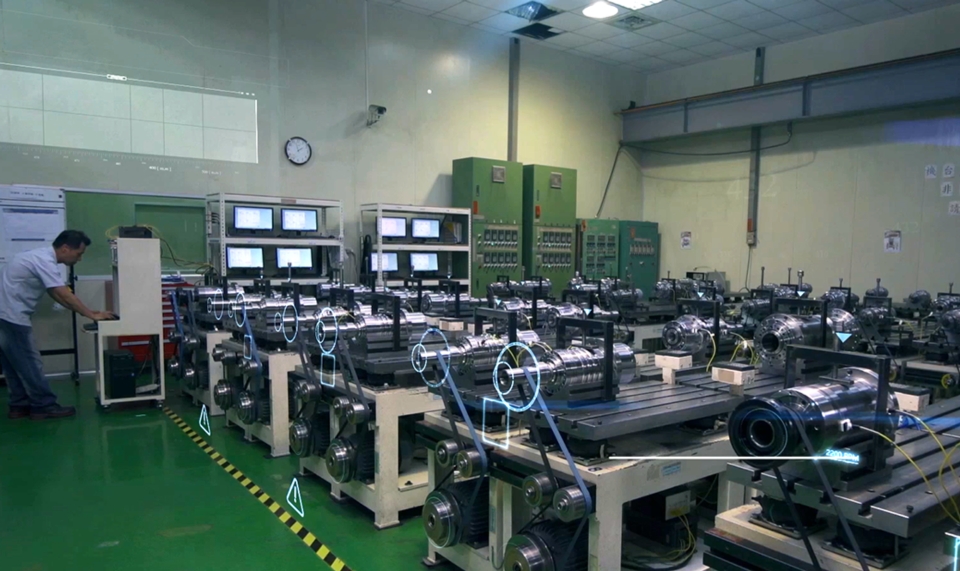TAMI Sounds Alarm on Machine Tool Industry's Survival
2024/06/07 | By Andrew Hsu
"Taiwan's machine tool industry is facing an unprecedented crisis," stated Chuang Tai Li, Chairman of the Taiwan Association of Machinery Industry (TAMI). He highlighted the challenges posed by the continuous depreciation of the Japanese yen, which has led to Japanese companies dominating orders for Taiwan's high-end models. Simultaneously, low and medium-end models face fierce competition from mainland China due to low-priced dumping, significantly shrinking Taiwan's market share and threatening the industry's survival.
Chuang admitted that the depreciation of the Japanese yen is not the only issue; the Korean won has also been depreciating for several years. The Association has received numerous reports from manufacturers that European distributors are increasingly opting for Japanese machines, while Southeast Asian distributors are starting to sell machines from mainland China. As a result, Taiwan's machine tools are gradually losing their competitive edge, leading to widespread frustration.
Despite efforts by Taiwan's machine tool manufacturers to transform and upgrade in recent years, the relentless depreciation of the Japanese yen has largely undermined these efforts, rendering them almost futile.
Chuang pointed out that in the past, Taiwanese machine tools had a price difference of about 20 to 30% compared to Japanese machine tools, which helped maintain their competitiveness in the international market. However, with the continued depreciation of the Japanese yen, the prices have nearly equalized, significantly impacting Taiwan's machine tool exports.
In the first four months of this year, Taiwan's machine tool exports were valued at $702 million, a substantial decrease of 14.6% compared to the same period last year. April's exports alone were $172 million, down 26.1% from last year. This declining trend shows no signs of abating.
The situation is particularly concerning when looking at Taiwan's main export markets. While exports to China, the top destination, grew by 5.3% over the same period last year, exports to the second-ranked U.S. fell by 19.1%. The overall outlook remains bleak.




